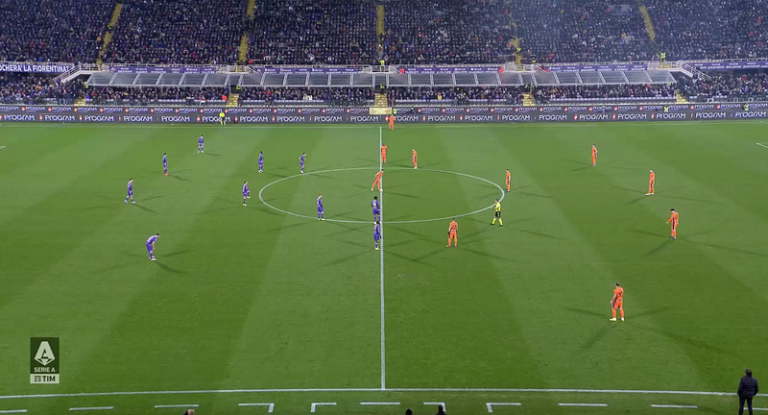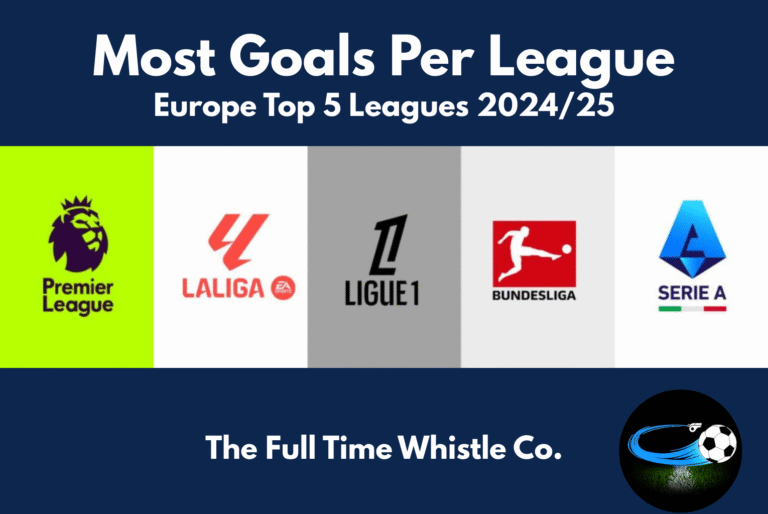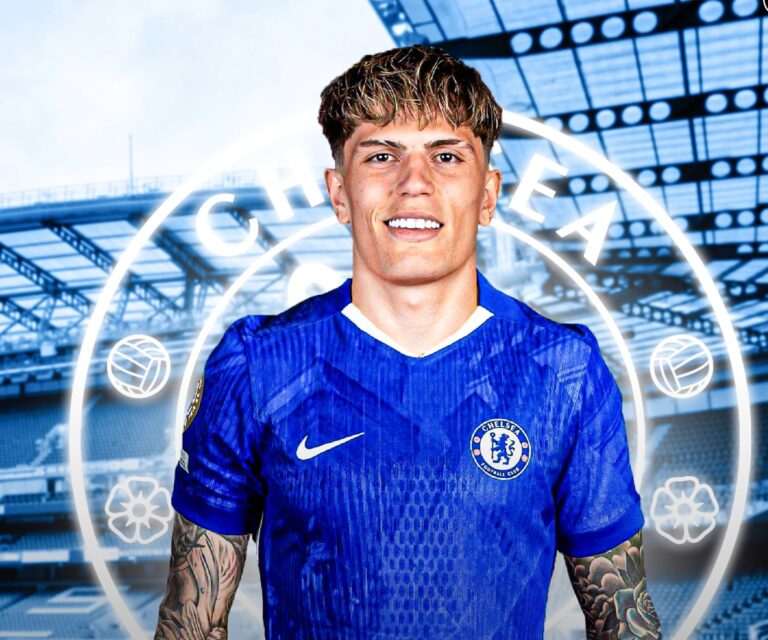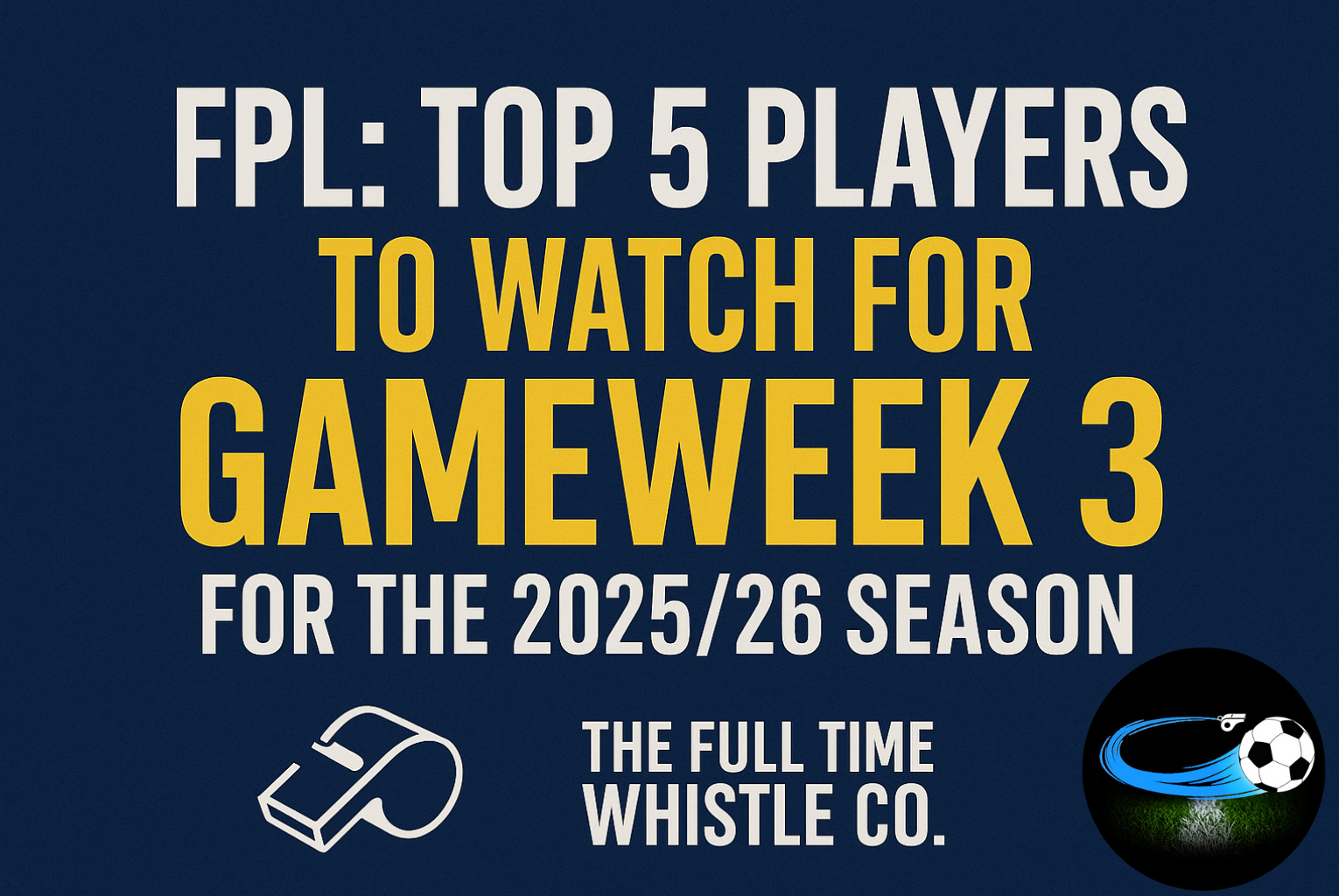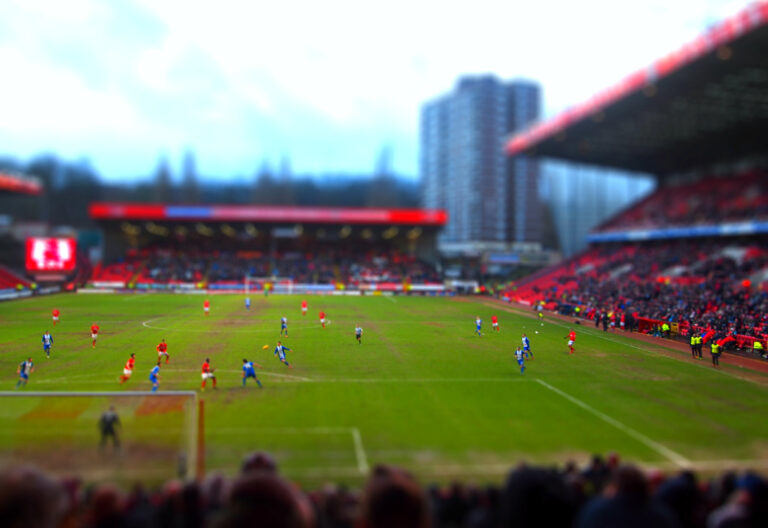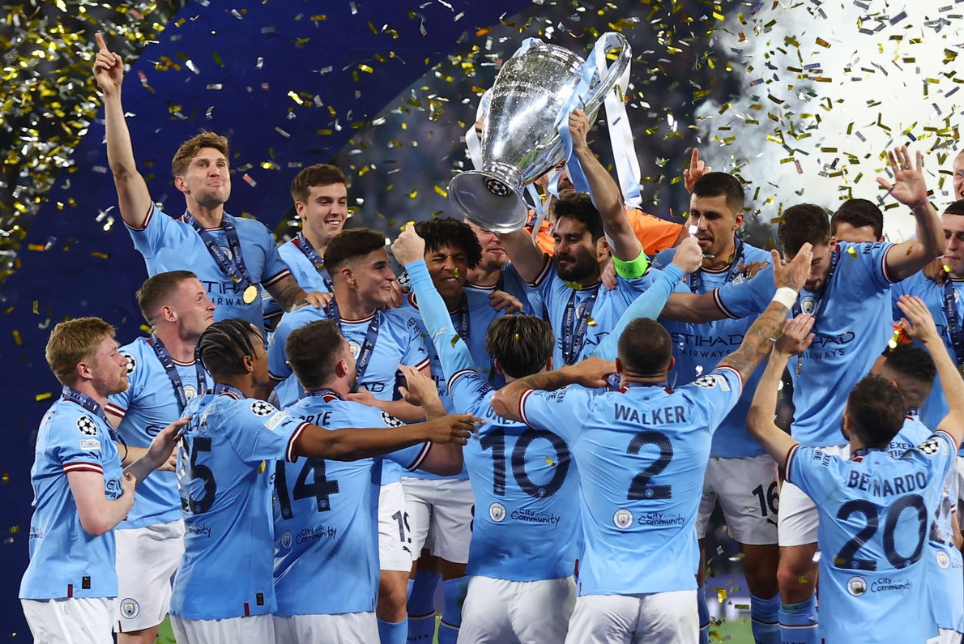
They did it. Manchester City are European champions, finally. Pep Guardiola has won the treble with City, and for once City being the best side on the planet; it was written.
Coming into the game, there was a general consensus on how it would play out. The perception was that when a clearly dominant and assertive team played against a side that had a rather pragmatic style it would result in a game where one team dominated possession and all key metrics, while the defense-priority side would stay in the game and nick the win by scoring on the break- at least that’s what it was based on from a wider perspective.
Taking a deeper look identifies that Inter’s attempt was a valiant effort and not just another bus in the park.
As for the line-ups, there were no key surprises. Pep lined up in his renovated version of the old W-M: the 3-2-4-1. Inzaghi too didn’t twist much and stuck with his preferred line-up; a 3-5-2 on paper.
Where heroes are made ✨#UCLfinal pic.twitter.com/cM1IvKGWnw
— UEFA Champions League (@ChampionsLeague) June 10, 2023
Formations, at least, the on-paper formations, are no longer relevant in the modern game. Even though both Inter & City played systems that were quite expected on paper; both teams had modifications and rectifications that were necessary for their style of play and approach to the game.
City’s 3-2-4-1 usually had John Stones and Rodri as the double-pivot in screening in front of the 3-man backline. At least, that’s what was expected as that would give Stones a clear numerical & physical advantage in the build-up and while defending respectively. But this was not the case.
City actually played out in a diamond midfield; with Rodri being the only pivot, Stones and De Bruyne becoming outright 8’s, and Gundogan in the tip of the diamond, just behind Haaland. City kept this up throughout the first half.

Similarly, Inter’s shape had its own add-ons too, even if it was harder to spot. Inzaghi did not play around with a lot of their structural kinks but did change/impose a few changes to the Italian club’s approach.
Defending in a 5-3-2 did not mean Inter sat back and absorbed the pressure that City tried to impose; in fact, they nullified it by their rather unorganized yet organized pressing structure.

Inter’s aim was to prevent dangerous City build-ups – whether short or long. They managed to pull this off by pursuing a mix of both zonal and man-to-man pressing systems. Lautaro Martinez and Edin Dzeko were joined by Dumfries and Barella as they pressed on City’s backline and pivot.
Meanwhile, the rest of the Inter players made sure to pounce onto any direct balls that were played to City’s frontmen. With Bastoni and Darmian cutting off a lot of City attacking plays, the Citizens could not enjoy the usual comfort and luxury that they were used to.
Even though City often had a spare free man in the opposite end of the ball side; Inter’s hounding and harrying mentality made it incredibly difficult to spot and play that pass quickly enough. City could not find their usual rhythm and hence the game felt a bit erratic and like a game of pinball in the midfield, at times.
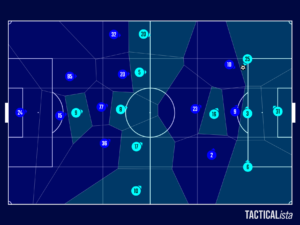
Hence, the first half was finely poised. Both sides canceled each other out as they should in a final, but it wasn’t the avalanche of attacks against an iron wall of defense. City could not create chances by the dozen as they have been throughout the campaign, let alone accumulate chances to strike fear into Inter; that was to Inter’s credit. It was arguably the best defensive showing that any top team showed against an almost unstoppable Manchester City side.
Then came the usual banana skin that follows Pep in the Champions League. And cruelly enough, yet again it came in the form of an early injury for Kevin de Bruyne. Pep had to make a change he probably did not want to but was forced to. Phil Foden replaced De Bruyne in the 36th minute. The change did not provoke any major changes in the play style though, Foden simply slotted into the areas that were under the Belgian’s control.
💔#UCLfinal pic.twitter.com/M4S97MXoif
— UEFA Champions League (@ChampionsLeague) June 10, 2023
The second half was much more entertaining than the first. Following the struggles in the first 45’ Guardiola decided to tweak his approach. City returned to the Guardiola classic 4-3-3 with John Stones & Nathan Ake being the right and left full-backs and Rodri being the single pivot behind the two 8’s Phil Foden & Gundogan.
But truth be told, it did not have a major impact. City’s build-up in the first phase gained more rhythm and pace than expected, but Inter had it covered as long as their press was at the right timing and intensity. And that lead perfectly onto the moment of the game – the winner.
Rodri’s goal came from one of the rare occasions where Inter took their foot off the pressing pedal. They no longer jumped onto the City players before they received the ball; which was the key to their off-the-ball success in the first half.
As Inter faded in that aspect, City gained ground. It was the worst possible invitation that you could give any team, let alone someone at their level. Rodri suddenly was able to dictate play into the final third from the midfield third, Ake and Stones could push right up their flanks and provided options.
Inter’s reactive nature gave City the freedom to turn the game which was on the simmering pot. Akanji carried the ball forward into the final third as there was no pressure and that forced a numerical overload on Inter’s backline – something which they had not experienced much of throughout the game because City could not get this far up with such ease before.
The confused defense was caught in a standstill as Bernardo ran in behind fed by Akanji. It was only then Inter realized the mess they had gotten into. The panic set in and in a rush to save themselves all of the Nerazzurri rushed on the heels of Bernardo and into the box. But that led to the killer moment.

The rush-back-to-defend idea backfired as it opened up a lot of space for the City players who were arriving late to shoot from cutbacks. All Guardiola sides look for cutbacks and are famed for it.
On this occasion, even though guided by a bit of luck – as the ball came into the central spaces from Bernardo Silva; it took a wicked deflection with the ball falling perfectly into the path of Rodri who did the rest.
City lead for the first time ever in a Champions League final.

The goal acted as the smoke which forced Inter out. They had no choice but to step out of their shape and attack; and attack they did. The Milan side generated more chances and more than enough opportunities to go level and maybe even go ahead.
But it was simply not their day. Some may see it as Lukaku’s continued awful form in front of goal in critical moments or as Ederson’s heroics to secure City’s everlasting dream into a reality, but at the end of the storm, the sky prevailed to be sky blue. It was Manchester City’s sky blue.
The boys in blue 💙#UCLfinal pic.twitter.com/cu7roTqlMw
— UEFA Champions League (@ChampionsLeague) June 10, 2023
Also read: Man City At The Treble: Pep Guardiola Clinches Holy Grail For City By Doing Just Enough
